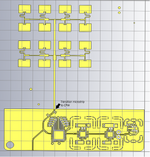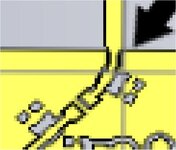guytoub
Full Member level 2
Hello,
i wanted to know how is the best way to match a patch antenna array at high frequency like 24Ghz?
i know at this frequency lumped component don't work.
i wanted to know how is the best way to match a patch antenna array at high frequency like 24Ghz?
i know at this frequency lumped component don't work.

